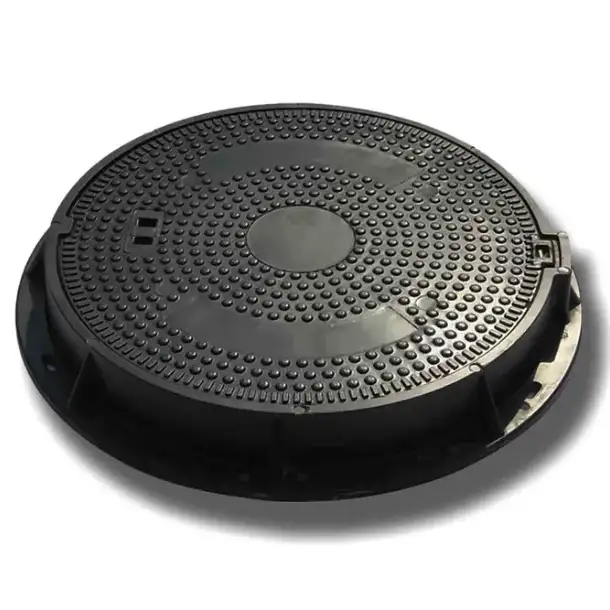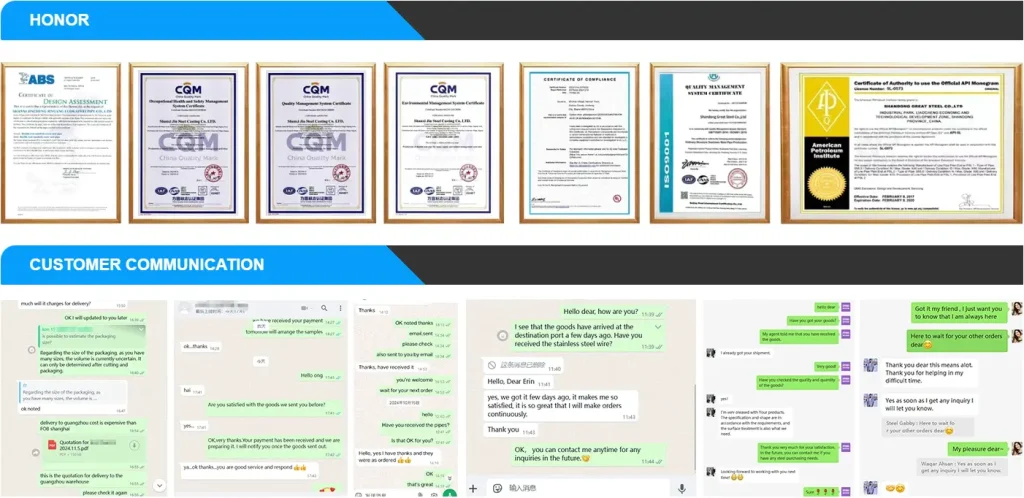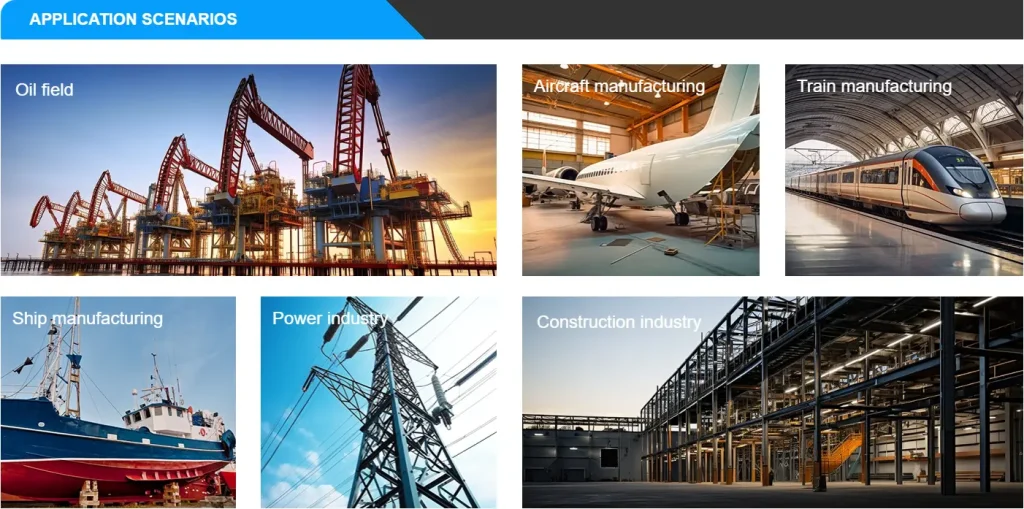A recessed manhole cover, also commonly known as an inset manhole cover or a tray manhole cover, is a specialized type of access cover designed to blend seamlessly with its surrounding environment. Unlike traditional solid manhole covers that sit visibly on the surface, recessed covers feature a tray-like structure that allows for the insertion of paving materials such as block paving, concrete, resin, or even turf. This design choice provides an aesthetically pleasing and often invisible finish, making them ideal for areas where visual continuity is paramount – think driveways, patios, urban pedestrian zones, and landscaped gardens. Beyond aesthetics, they are engineered for durability and discreet access to underground utilities, including drainage systems, electrical conduits, and telecommunication networks.
Key Performance Characteristics
When we design and manufacture our recessed manhole covers, we focus on a range of critical performance characteristics to ensure they meet the highest standards of safety, durability, and functionality.
-
Load Bearing Capacity: This is perhaps the most crucial performance aspect. Recessed manhole covers are classified based on their ability to withstand various loads, as defined by standards like EN 124. This standard categorizes covers from A15 (pedestrian areas only) to F900 (areas subjected to very high wheel loads, such as airport runways). We rigorously test our covers to ensure they meet or exceed these specifications for their intended application.
-
Material Strength and Durability: The primary materials we use are ductile iron and galvanized steel, sometimes combined with composite materials. Ductile iron offers exceptional strength-to-weight ratio and corrosion resistance, while galvanized steel provides excellent protection against rust. The choice of material impacts the cover’s longevity and ability to withstand harsh environmental conditions.
-
Corrosion Resistance: Given their outdoor application, resistance to rust and other forms of corrosion is vital. Our steel covers are hot-dip galvanized, creating a protective zinc coating, while ductile iron inherently possesses good resistance.
-
Weather Sealing: Many of our recessed manhole covers incorporate seals, often made from rubber or EPDM, to prevent the ingress of water, odors, and debris into the manhole. This is particularly important for drainage systems to prevent blockages and maintain hygiene.
-
Security Features: To prevent unauthorized access or theft, our covers can include various locking mechanisms, such as locking screws or anti-vandal features. This is crucial for securing valuable underground assets.
-
Ease of Installation and Maintenance: We design our covers for straightforward installation, often requiring minimal specialized tools. For maintenance, features like lifting keys and robust lifting points ensure safe and efficient removal and re-installation.
-
Anti-Slip Properties: The surface of our covers, particularly the frame, is designed to provide adequate grip, even when wet, to ensure pedestrian safety. The infill material itself will typically provide its own anti-slip qualities.
-
Acoustic Damping: In urban environments, rattling manhole covers can be a nuisance. Our designs often incorporate features that minimize noise during vehicle traffic, contributing to a quieter environment.
Detailed Product Specifications: Dimensions and Parameters
Understanding the exact dimensions and parameters of a recessed manhole cover is essential for proper selection and installation. We provide a comprehensive range of sizes to accommodate various applications.
Below is a table illustrating common dimensions and parameters for our recessed manhole covers. Please note that custom sizes and specifications are often available upon request.
|
Parameter |
Description |
Common Range / Examples |
|
Clear Opening (CO) |
The internal dimension of the frame, representing the actual access size. |
300x300mm to 1200x1200mm (square/rec) |
|
Overall Frame Size (OFS) |
The external dimension of the frame, including the rebate for seating. |
Typically CO + 50mm to 150mm |
|
External Depth (ED) |
The total depth of the frame and tray, from top surface to bottom. |
40mm to 150mm |
|
Infill Depth (ID) |
The depth of the tray designed to accommodate the paving material. |
40mm to 100mm |
|
Load Class (EN 124) |
The maximum load capacity the cover can withstand. |
A15, B125, C250, D400, E600, F900 |
|
Material |
Primary material used for construction. |
Ductile Iron, Galvanized Steel |
|
Weight |
Approximate weight of the cover (frame + tray). |
Varies widely based on size & material |
|
Sealing Type |
Type of seal to prevent water/odor ingress. |
Single Seal, Double Seal, Airtight |
|
Locking Mechanism |
How the cover is secured. |
Locking Screws, Key Locks, Gravity Held |
|
Drainage Holes |
Presence of holes in the tray for water to escape (if required). |
Yes / No (typically for outdoor use) |
|
Lifting Keys Included |
Are lifting keys supplied with the product? |
Yes / No |
Note: The dimensions provided are typical and can vary slightly between manufacturers and specific product lines. Always refer to the exact product specifications provided by the supplier.
Recessed Manhole Covers vs. Other Types: A Comparative Analysis
While recessed manhole covers offer distinct advantages, it’s helpful to understand how they compare to other common types of manhole covers. This will help you make an informed decision based on your specific project requirements.
1. Standard Solid Top Manhole Covers
-
Appearance: These are the most traditional type, featuring a solid, often ribbed, metallic surface that sits visibly above the ground level or flush with it. They are easily recognizable and do not blend in.
-
Application: Widely used in industrial areas, roads, highways, and utility areas where aesthetics are not a primary concern. They are typically made from cast iron or ductile iron.
-
Cost: Generally less expensive than recessed covers due to their simpler design and manufacturing process.
-
Installation: Straightforward installation, often just requiring bedding the frame.
-
Maintenance: Easy to identify and access for maintenance, but their exposed surface can be prone to wear and tear.
2. Surface Water Drainage (Gully) Covers
-
Appearance: Designed with grates or slots to allow surface water to drain into the underlying system. They are functional and visible.
-
Application: Primarily used in conjunction with drainage systems on roads, car parks, and pedestrian areas to manage rainwater runoff.
-
Functionality: Their main purpose is water collection, not necessarily discreet access.
-
Load Bearing: Available in various load classes similar to manhole covers.
3. Composite Manhole Covers
-
Appearance: Can range from solid top to recessed designs. They are often lighter than their metallic counterparts and can sometimes be manufactured in different colors.
-
Material: Made from a combination of materials, often including fiberglass, resin, and other polymers. This makes them significantly lighter and non-conductive.
-
Advantages: Lightweight (easier handling), non-corrosive, non-conductive (safer around electrical installations), and theft-resistant (no scrap value).
-
Disadvantages: Generally higher cost than traditional iron covers, and some lower-quality composites may not offer the same long-term durability under heavy loads as ductile iron.
-
Application: Increasingly popular in pedestrian areas, gardens, and sometimes lighter traffic roads where weight and theft are concerns.
Why Choose Recessed Manhole Covers?
We typically recommend recessed manhole covers when:
-
Aesthetics are crucial: You want the manhole cover to be virtually invisible, blending perfectly with the surrounding paving.
-
High-end finish is desired: For driveways, patios, and architecturally designed landscapes.
-
Specific paving materials are being used: Allows for continuity of material, whether it’s block paving, resin bound surfaces, or turf.
-
Sound reduction is important: When properly installed and filled, they can reduce the noise generated by traffic passing over them.
Global Price Comparison for Recessed Manhole Covers
The price of recessed manhole covers can vary significantly based on several factors, including:
-
Material: Ductile iron typically costs more than galvanized steel for a similar size and load class. Composite covers can be the most expensive.
-
Load Class: Higher load classes (e.g., D400, E600) require more robust construction and therefore command higher prices.
-
Size: Larger covers naturally cost more due to increased material usage and manufacturing complexity.
-
Sealing Type: Double-sealed or airtight covers will be more expensive than single-sealed or unsealed versions.
-
Brand and Manufacturer: Reputable brands with higher quality control and certifications may have premium pricing.
-
Region/Country: Import duties, local taxes, labor costs, and market demand all influence pricing in different parts of the world.
-
Bulk Orders: Purchasing in larger quantities often results in lower per-unit costs.
Below is a generalized price comparison table. Please note these are approximate prices in USD and are subject to change based on the factors mentioned above, market fluctuations, and specific supplier policies. These figures are intended as a guide only.
|
Parameter |
North America (USD) |
Europe (EUR converted to USD) |
Asia (USD) |
Australia (AUD converted to USD) |
|
Small (e.g., 300x300mm A15) |
$60 – $120 |
$70 – $130 |
$40 – $90 |
$80 – $150 |
|
Medium (e.g., 600x450mm B125) |
$150 – $300 |
$170 – $330 |
$100 – $250 |
$200 – $400 |
|
Large (e.g., 750x750mm C250) |
$300 – $600 |
$350 – $650 |
$200 – $500 |
$400 – $800 |
|
Heavy Duty (e.g., 900x900mm D400) |
$500 – $1200+ |
$550 – $1300+ |
$350 – $900+ |
$600 – $1500+ |
|
Premium Features (e.g., double seal, advanced locking) |
Add 15% – 40% |
Add 15% – 40% |
Add 10% – 30% |
Add 20% – 50% |
For accurate and up-to-date pricing, we strongly recommend requesting quotes from local suppliers and distributors, specifying your exact requirements (size, load class, material, and any special features).
Frequently Asked Questions (FAQs)
We’ve compiled a list of common questions we receive about recessed manhole covers to further assist you.
1. How do I choose the correct load class for my recessed manhole cover?
The load class is determined by the expected traffic over the cover.
-
A15 (1.5 tonnes): Pedestrian areas, gardens, cycle paths.
-
B125 (12.5 tonnes): Driveways, light vehicle traffic areas.
-
C250 (25 tonnes): Car parks, slow-moving traffic areas.
-
D400 (40 tonnes): Main roads, highways, areas with heavy vehicle traffic.
-
E600 (60 tonnes): Loading docks, industrial estates.
- F900 (90 tonnes): Airport runways, extremely heavy-duty areas.
Always choose a load class that meets or exceeds the anticipated load to ensure safety and longevity. If in doubt, we always recommend opting for a higher load class.
2. Can I install a recessed manhole cover myself?
While it is possible for experienced DIYers, we generally recommend professional installation. Proper installation is critical for the cover’s performance, safety, and longevity. This includes preparing a stable and level bed for the frame, ensuring correct bedding material is used (often concrete or a strong mortar mix), and ensuring the infill material is correctly installed to avoid movement or cracking.
3. What type of infill material can I use in a recessed manhole cover?
You can use a wide variety of materials, making them highly versatile. Common options include block paving, concrete, resin-bound aggregates, paving slabs, gravel, and even artificial or natural turf for garden applications. The key is to ensure the infill material is compatible with the infill depth of the tray and is properly compacted or bonded.
4. How do I maintain a recessed manhole cover?
Maintenance primarily involves keeping the frame and surrounding area clean to prevent debris from hindering removal. Periodically check for any signs of wear, damage, or loose infill material. If equipped with a seal, inspect it for integrity. When lifting the cover for access, always use the appropriate lifting keys and follow safe lifting practices. Ensure the cover is securely re-seated after access.
5. Are recessed manhole covers truly waterproof or airtight?
Many recessed manhole covers are designed with single or double seals to prevent water and odors from escaping or entering. A “single sealed” cover provides a basic level of protection against water ingress, while a “double sealed” or “airtight” cover offers a much higher level of protection against water, odors, and sometimes even gas. However, no cover is absolutely 100% waterproof under all extreme conditions, but sealed versions significantly minimize leakage. Always check the product specifications for the sealing capabilities.







